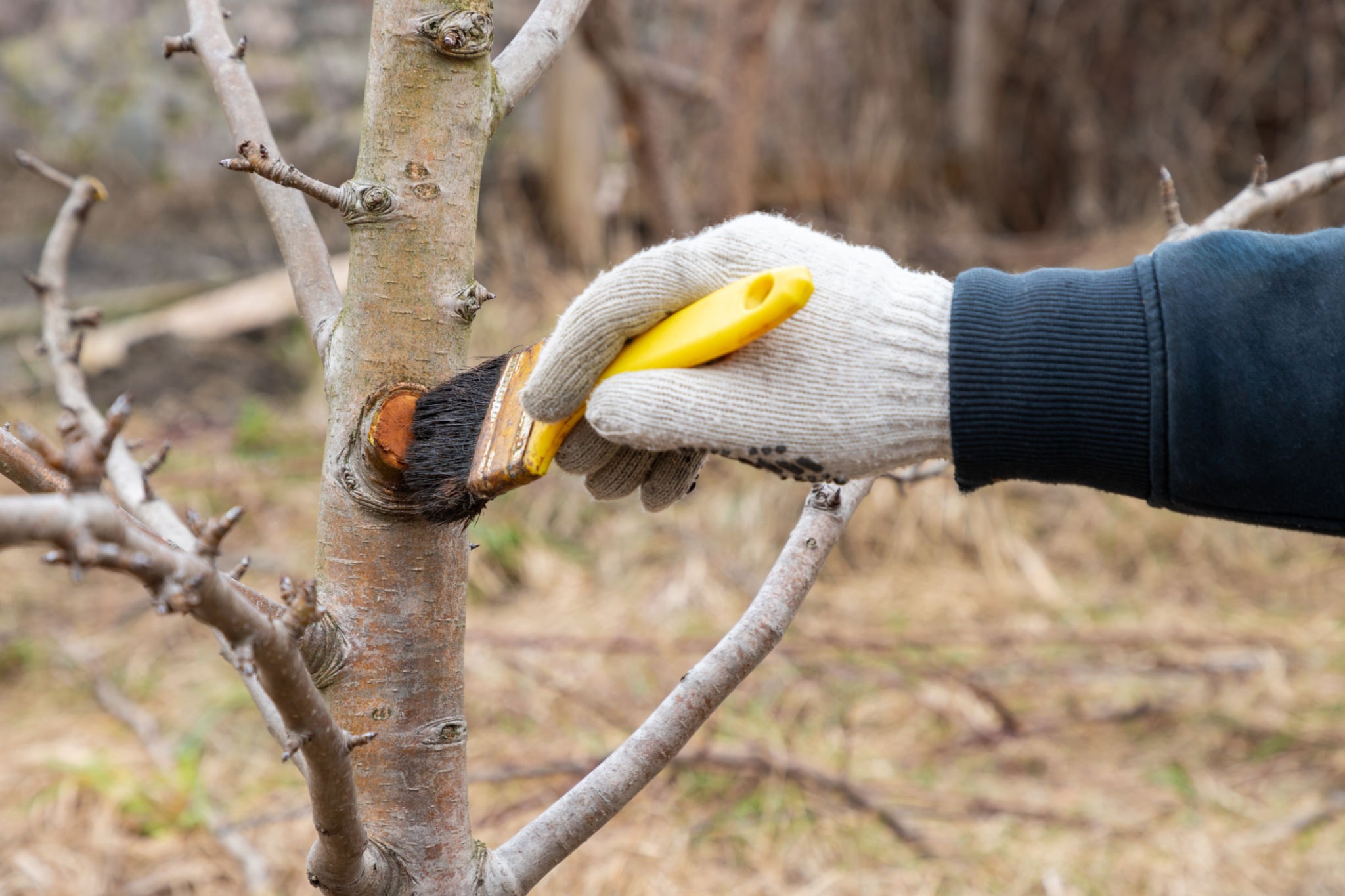Comparing Tree Trimming and Pruning: Which is Right for Your Trees?
Understanding Tree Trimming and Pruning
Caring for trees is essential to maintain their health and appearance. Two common methods to achieve this are tree trimming and pruning. While they may seem similar, each serves a distinct purpose. Understanding these differences can help you decide which is right for your trees.

What is Tree Trimming?
Tree trimming primarily focuses on enhancing the aesthetics of the tree. It's often used on trees and shrubs that are overgrown or have an uneven shape. Regular trimming can also prevent interference with utility lines or structures. By selectively cutting back branches, trimming helps maintain a neat and tidy appearance.
Trimming is typically done annually for trees that grow rapidly or for those in landscaped areas where appearance is key. This process not only improves the tree's look but also boosts its exposure to sunlight and air circulation, promoting overall health.
The Purpose of Tree Pruning
Pruning, on the other hand, is a more targeted approach focused on the health and safety of the tree. It involves removing dead, diseased, or damaged branches to prevent decay and potential hazards. Pruning can also stimulate growth by cutting back certain areas to encourage new, healthy growth.

Pruning should be done at specific times of the year depending on the species of tree. For example, pruning in late winter can prepare a tree for robust spring growth. Ensuring proper pruning techniques are followed can improve the structural integrity and longevity of the tree.
When to Trim or Prune?
Determining whether your tree needs trimming or pruning depends on several factors. Consider the tree's current condition, location, and any specific goals you have for its development or appearance.
- Trim if the tree has overgrown branches affecting its shape or interfering with structures.
- Prune if there are dead or diseased branches that could pose a risk to the tree or surrounding area.

The Benefits of Proper Tree Care
Both trimming and pruning offer numerous benefits beyond simply maintaining a tree's shape. Proper care can lead to stronger trees, reduced risk of disease, and improved fruit and flower production for certain species. Additionally, well-maintained trees contribute positively to your property's value and aesthetic appeal.
Engaging in routine maintenance can also prevent costly damage from falling branches or storm-related breakage. Investing time in understanding and applying these techniques will ultimately lead to a healthier landscape.
Conclusion: Choosing the Right Method
Choosing between trimming and pruning depends on your trees' specific needs. If in doubt, consulting a professional arborist can provide guidance tailored to your landscape's unique requirements. Whether you're prioritizing aesthetics or health, proper care will ensure your trees thrive for years to come.
